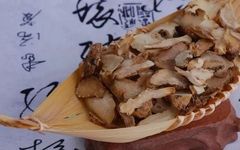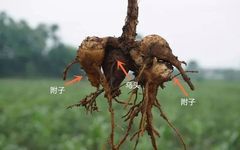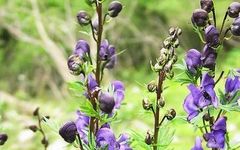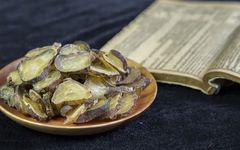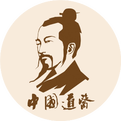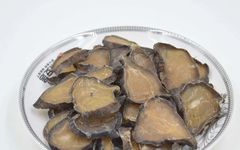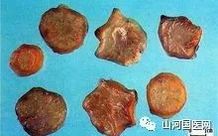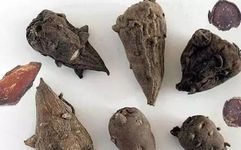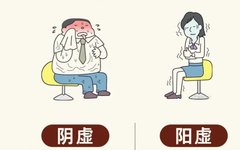The Efficacy and Usage of Aconite (Fu Zi)
Aconite (Fu Zi), first recorded in the Shennong Bencao Jing, is named for its growth attached to the Aconitum (mother root). Therefore, it is generally considered that Aconitum is the mother root and Aconite is the child root. Aconite has the properties of reviving yang, supplementing fire to assist yang, dispersing cold, and eliminating dampness. … Read more

